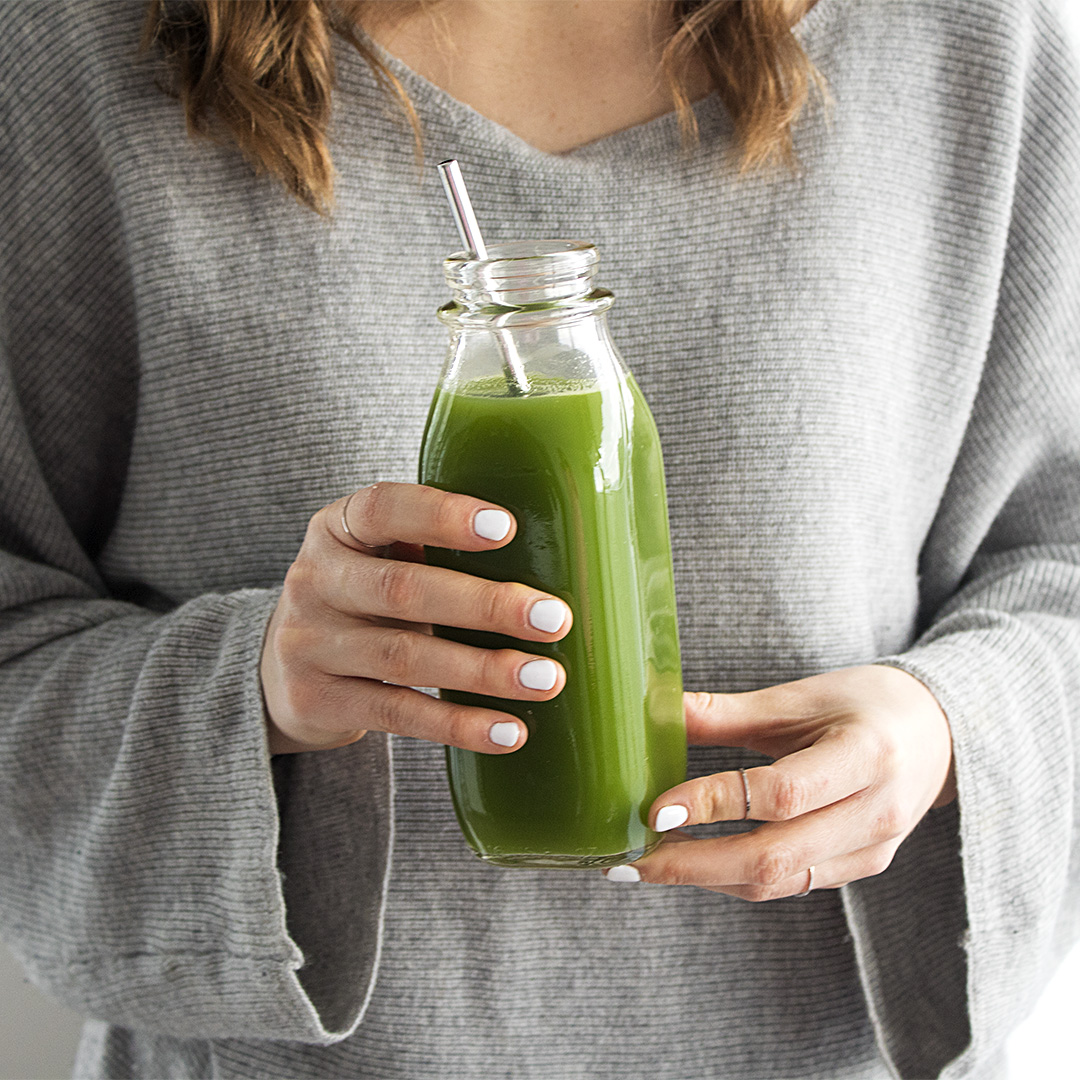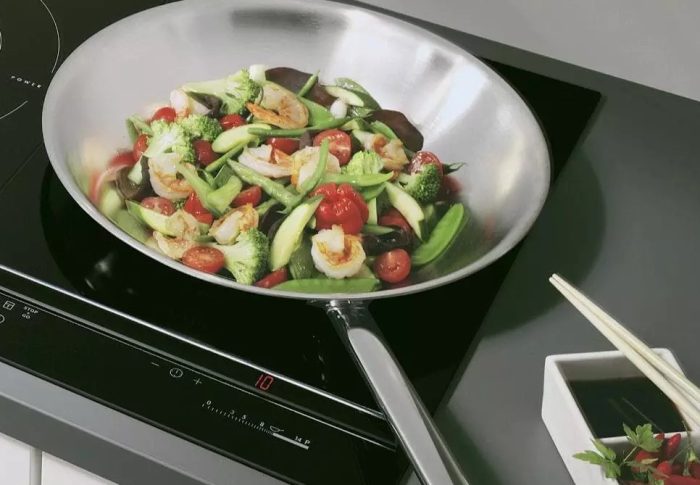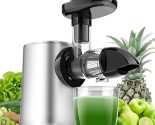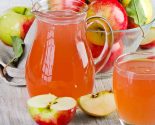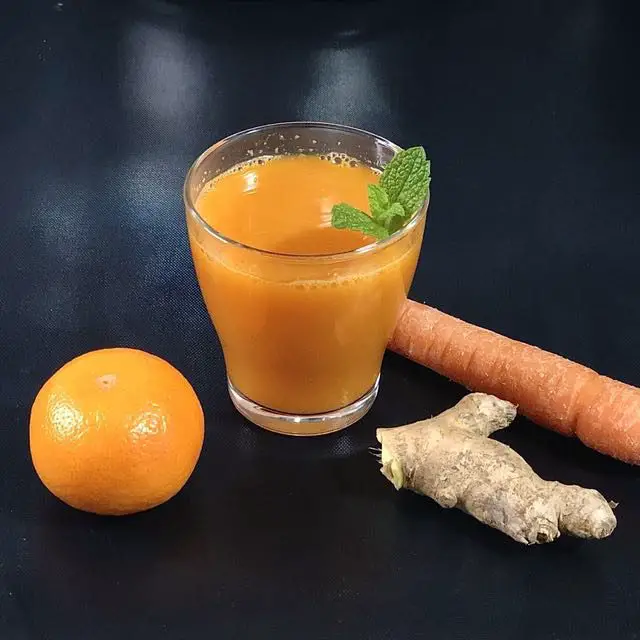
Can You Juice Without a Juicer?
Introduction:
Juicing has become a popular method to enhance health and wellness, delivering a quick and concentrated dose of vitamins, minerals, and antioxidants. However, a common question arises—can you juice without a juicer? The answer is a resounding yes! There are numerous methods and tools available that can help you extract juice from fruits and vegetables without the need for an expensive juicer. In this article, we will explore various methods to juice without a juicer, the benefits of juicing, some tips for making the process easier, and creative ways to utilize your juice.
The Basics of Juicing
Juicing involves extracting the liquid content from fruits and vegetables, separating it from the pulp. The resulting juice captures the essence of fresh produce, making it easier to consume a variety of nutrients in a single serving. However, many people may not have the funds or counter space for a dedicated juicer. Fortunately, there are alternative methods to create your delicious and nutritious juices.
The Health Benefits of Juicing
Juicing offers several health benefits, which include:
- Increased Nutrient Intake: Fresh juice is an excellent way to consume a variety of fruits and vegetables, allowing you to intake essential vitamins and minerals efficiently.
- Hydration: Juices can contribute to your daily hydration needs, especially in the warmer months.
- Easier Digestion: Juicing removes much of the fiber found in fruits and vegetables, allowing for quicker digestion and absorption of nutrients.
- Variety: Juicing enables you to experiment with a wide range of ingredients, from leafy greens to exotic fruits.
What You Can Juice
While you can juice virtually any fruit or vegetable, some are more common and easier to work with than others. Here are some popular options:
- Fruits: Apples, oranges, lemons, grapes, berries, melons, and pineapple.
- Vegetables: Carrots, cucumbers, celery, beets, leafy greens (spinach, kale), and ginger.
Methods to Juice Without a Juicer
Now, let’s dive into some effective methods to produce juice without using a juicer. You may be surprised at how easy and efficient these alternatives can be.
1. Using a Blender
One of the simplest methods to juice without a juicer is to use a blender. This method preserves more nutrients than some conventional juicers because blending retains most of the fiber. However, you will have a thicker, smoothie-like consistency unless you strain it.
Steps for Blending Juice:
- Choose Your Ingredients: Pick your favorite fruits and vegetables. Wash them thoroughly, and chop them into smaller pieces to make blending easier.
- Add Water: Pour in a small amount of water to help with blending, especially if you’re using fibrous veggies. This will help create a smoother texture.
- Blend: Blend the ingredients on high speed until they break down into a liquid.
- Strain (Optional): If you prefer a smoother juice, pour the blended mixture through a fine mesh strainer or cheesecloth, pressing or squeezing to extract the liquid.
- Serve: Enjoy your juice chilled or over ice.
2. Using a Food Processor
A food processor is another great kitchen tool you can use to juice without a juicer. Similar to a blender, it will require straining for a smoother consistency.
Steps for Using a Food Processor:
- Prepare Ingredients: Like before, wash and chop your fruits and vegetables.
- Blend: Place the ingredients into the food processor and pulse until they become pulpy.
- Strain: Transfer the mixture to a fine mesh strainer or cheesecloth. Press down to extract every last drop of juice.
- Enjoy: Once strained, your juice is ready to be served.
3. Manual Juice Extraction
If you want to go old-school, you can use simple manual techniques to extract juice. This method requires minimal tools and is highly effective for citrus fruits.
Steps for Manual Juice Extraction:
- Citrus Juicing:
- Cut the fruit in half.
- Use a hand-held citrus juicer or simply squeeze the halves over a bowl or glass to extract the juice. You can also use a fork to press and twist into the flesh of the fruit to catch even more juice.
- For Soft Fruits:
- Mash soft fruits like berries or peaches in a bowl with a fork until they become a mushy consistency.
- Press the mixture through a fine mesh strainer to separate the juice from the pulp.
- For Hard Vegetables:
- Grate hard vegetables such as carrots or beets using a box grater.
- Transfer the grated mixture into a clean cloth or towel, twist it closed, and squeeze to extract the juice.
4. Using a Nut Milk Bag or Cheesecloth
For those looking for a more refined juice without a juicer, consider using nut milk bags or cheesecloth.
Steps for Using a Nut Milk Bag or Cheesecloth:
- Prepare Ingredients: Wash and chop your desired fruits and vegetables.
- Blend or Mash: Use any of the above methods (blender, food processor, or manual) to create a pulpy mixture.
- Strain with the Bag: Place the blended mixture in a nut milk bag or several layers of cheesecloth. Twist the bag or cloth closed and squeeze to extract every drop of juice.
- Serve: Enjoy your fresh juice!
5. Using a Pestle and Mortar
An often-overlooked method is to use a pestle and mortar, which can be effective, particularly for small batches of soft fruits.
Steps for Using a Pestle and Mortar:
- Prepare Ingredients: Wash and cut soft fruits into chunks.
- Crush: Place small amounts of the fruit into the mortar, and use the pestle to crush the fruit until it’s juicy and mushy.
- Strain: Pour the crushed fruit through a fine mesh sieve to separate the juice from the pulp.
- Savor the Juice: Drink immediately for the freshest flavor.
6. Cold Pressing with a Jar
Another ingenious method involves using a jar to create cold-pressed juice, especially for leafy greens and soft produce.
Steps for Cold Pressing:
- Chop Ingredients: Prepare your fruits and vegetables by washing and chopping them into smaller pieces.
- Fill a Jar: Place your ingredients in a mason jar (leaving some room at the top).
- Add Water: Fill the jar with water, ensuring that the ingredients are fully submerged.
- Shake and Steep: Seal the jar tightly and shake vigorously. Let it sit for about an hour to allow the juice to extract naturally.
- Strain: Pour the mixture through a fine mesh strainer or cheesecloth, discarding the pulp.
- Enjoy: This method is especially effective for greens, yielding a refreshing juice.
 Tips for Successful Juicing
Tips for Successful Juicing
To maximize your juicing experience, consider these tips:
Select Fresh Produce
Always choose the freshest fruits and vegetables. This not only enhances the flavor of the juice but also ensures maximum nutrient content.
Experiment with Combinations
Feel free to mix and match ingredients. Mixing different flavors can result in surprisingly delicious beverages! For instance, combining spinach with green apples adds a unique sweetness to the drink.
Prepare in Advance
Prepping ingredients ahead of time can make the juicing process more efficient. Wash and chop your fruits and vegetables, and store them in the fridge until you’re ready to juice.
Don’t Waste the Pulp
Remember that the pulp leftover after juicing is full of fiber and nutrients. You can add it to smoothies, baked goods, or even compost it.
Stay Hydrated
Since juicing can sometimes be concentrated, ensure you drink plenty of water throughout the day to stay hydrated.
Clean Up Promptly
Juicing can be messy. Clean your equipment right after juicing to prevent buildup, ensuring that your tools are ready for the next time you want to create delicious juice.
Creative Uses for Juice
After you’ve made your juice, it’s easy to get creative with how you use it. Here are some ideas:
- Smoothies: Blend your juice with frozen fruits and greens for a thicker, nutrient-packed smoothie.
- Salad Dressings: Use juice as a base for homemade salad dressings. Lemon or orange juice can add a fresh zing to your salads.
- Cocktails or Mocktails: Mix your juice with sparkling water or your favorite spirits for refreshing beverages.
- Frozen Treats: Pour leftover juice into ice cubes or popsicle molds for a fun, healthy treat.
Conclusion
In conclusion, the answer to can you juice without a juicer is undeniably yes! By utilizing a blender, food processor, manual methods, or ingenious tools such as cheesecloth or nut milk bags, anyone can enjoy fresh juice straight from their kitchen without the need for an expensive juicer. Not only do these methods allow you to maintain control over the ingredients, but they also encourage creativity in your juicing routine. So go ahead, experiment with flavors, and enjoy the myriad of health benefits that juicing brings!

